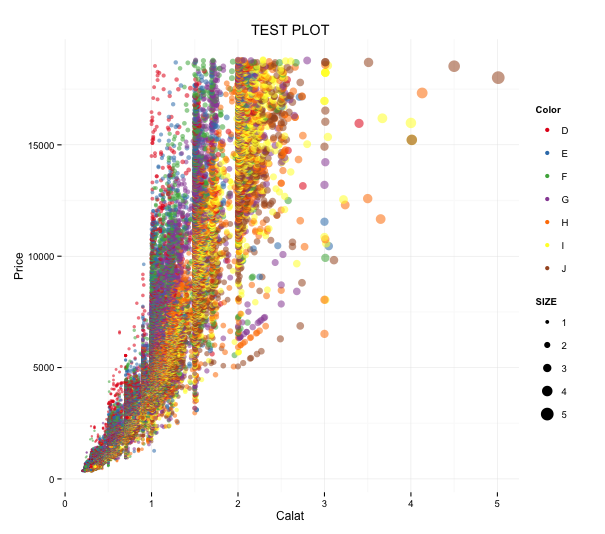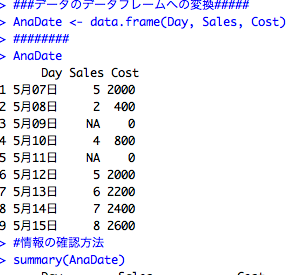Many of you may use Excel to analyze data, but using R may reveal facts that Excel could not. We encourage you to use R to enrich your analysis.
Here are some basic commands, and “KARADA GOOD” introduces a number of packages. Please have a look.
How to find the maximum and minimum values
I think the maximum and minimum values are very important indicators.
Commands used in R
Max:max(x, na.rm = FALSE)
Min:min(x, na.rm = FALSE)
# Missing values are excluded by setting na.rm to TRUE # The default is FALSE x <- c(NA, 3, 4, 12, 100) # na.rm is TRUE max(x, na.rm = TRUE) [1] 100 # na.rm is FALSE max(x, na.rm = FALSE) [1] NA min(x, na.rm = TRUE) [1] 3 # na.rm is FALSE min(x, na.rm = FALSE)
Row and column sums and averages
This can be done in Excel, but there are some tasks, such as specifying a range, that can lead to errors.
Commands used in R
Row Sum:rowSums(x, na.rm = FALSE)
Row Mean:rowMeans(x, na.rm = FALSE)
Col Sum:colSums(x, na.rm = FALSE)
Col mean:colMeans(x, na.rm = FALSE)
# Missing values are excluded by setting na.rm to TRUE # The default is FALSE # Create a 3*3 matrix x <- matrix(c(8, 5, 6, 3, 9, 3, 1, 2, 3), 3, 3) x [,1] [,2] [,3] [1,] 8 3 1 [2,] 5 9 2 [3,] 6 3 3 #Row Sum rowSums(x) [1] 12 16 12 #Row Mean rowMeans(x) [1] 4.000000 5.333333 4.000000 #Col Sum colSums(x) [1] 19 15 6 #Col Mean colMeans(x) [1] 6.333333 5.000000 2.000000
I hope this makes your analysis a little easier !!



